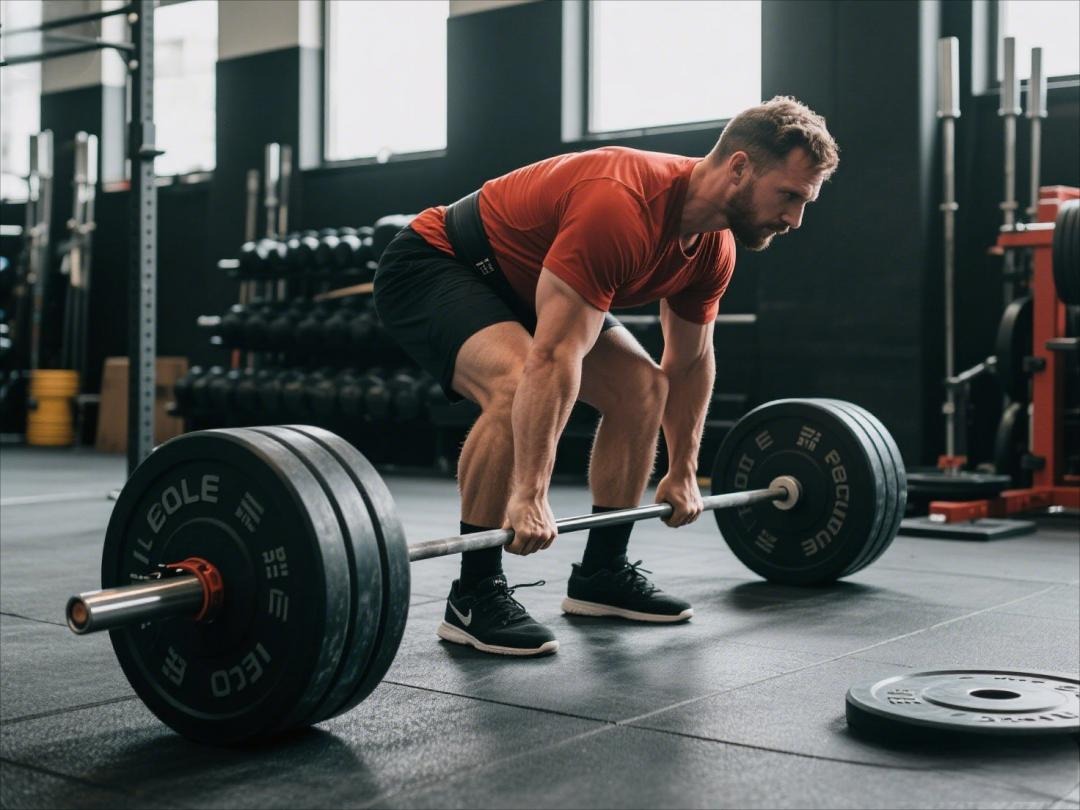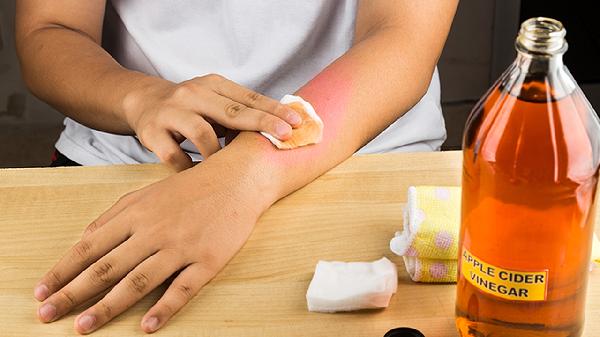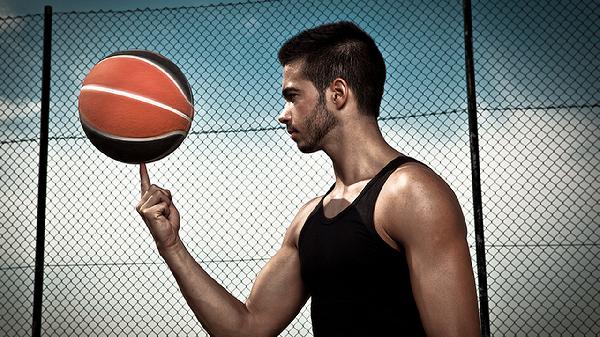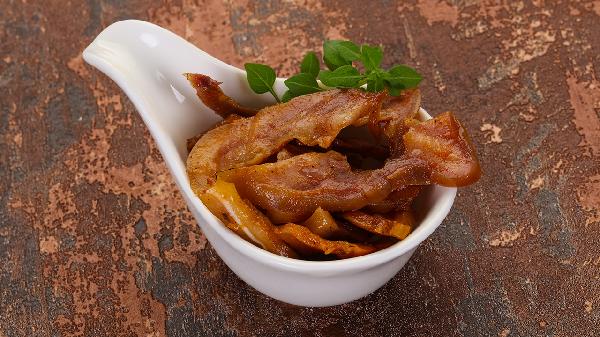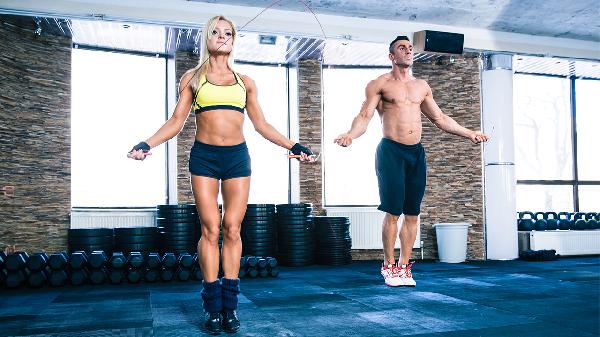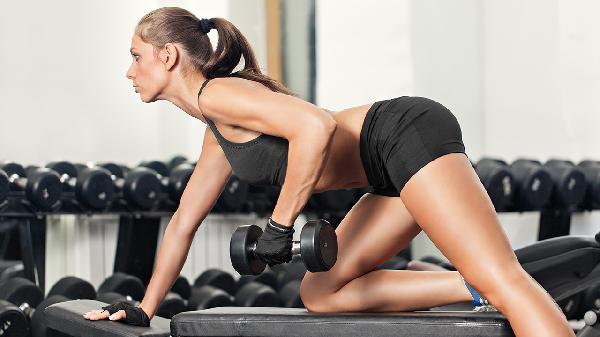If you're looking to shed pounds faster, picking up the pace during your walks might just be the game-changer you need. Walking is one of the most accessible forms of exercise, but by increasing your speed, you can turn a leisurely stroll into a calorie-burning powerhouse. It’s not just about moving faster—it’s about maximizing the efficiency of your workout to help you reach your weight loss goals more effectively.

Why Speed Matters in Walking for Weight Loss:
Walking at a brisk pace elevates your heart rate, which is key to burning more calories. When you walk faster, your body works harder, and that extra effort translates into a higher calorie burn. Think of it this way: a slow walk might feel like a gentle nudge to your metabolism, but a brisk walk is like giving it a full-on shove. The faster you go, the more energy your body expends, and the more fat you can potentially burn. Plus, walking at a quicker pace can help improve your cardiovascular health, making it a win-win for both weight loss and overall fitness.
How to Gauge Your Walking Pace:
So, what exactly counts as a brisk walk? A good rule of thumb is to aim for a pace where you’re breathing harder than usual but can still hold a conversation—think of it as a “talk test.” If you’re gasping for air, you’re probably going too fast. On the flip side, if you can belt out your favorite song without breaking a sweat, you might want to pick up the pace. A brisk walk typically falls between 3.5 to 4.5 miles per hour, but don’t stress about hitting a specific number. Focus on how your body feels and gradually increase your speed over time.
The Science Behind Walking and Weight Loss:
When you walk, your body taps into stored fat for energy, especially during longer or more intense sessions. Walking at a faster pace increases the intensity of your workout, which can help you burn more fat in less time. Studies have shown that brisk walking can be just as effective as running for weight loss, especially when it comes to reducing belly fat. Plus, walking is low-impact, making it easier on your joints compared to high-intensity exercises like running or jumping. This means you can stick with it long-term without worrying about wear and tear on your body.
Tips to Boost Your Walking Pace:
If you’re ready to kick your walking routine up a notch, here are some practical tips to help you speed up without sacrificing form or comfort. First, focus on your posture—stand tall, engage your core, and swing your arms to propel yourself forward. Short, quick steps are more effective than long strides, as they help you maintain momentum. You can also try interval walking, where you alternate between fast and moderate paces. For example, walk briskly for 2 minutes, then slow down for 1 minute, and repeat. This not only boosts calorie burn but also keeps your workout interesting.
Incorporating Inclines and Terrain:
Walking on flat ground is great, but adding inclines or varied terrain can take your workout to the next level. Hills, stairs, or even a treadmill set to an incline can increase the intensity of your walk, helping you burn more calories and build muscle in your legs and glutes. If you’re walking outdoors, look for routes with natural inclines or park trails. If you’re on a treadmill, gradually increase the incline to challenge yourself. Just remember to start slow and build up to avoid overexertion.
Pairing Walking with Strength Training:
While walking is fantastic for cardio and calorie burn, pairing it with strength training can amplify your weight loss results. Strength training helps build lean muscle mass, which boosts your metabolism and increases the number of calories you burn at rest. Try incorporating bodyweight exercises like squats, lunges, or push-ups into your routine. You can even add resistance bands or light weights to your walks for an extra challenge. The combination of walking and strength training creates a well-rounded fitness plan that supports both weight loss and overall health.
Staying Consistent and Tracking Progress:
Consistency is key when it comes to weight loss, and walking is no exception. Aim to walk at least 30 minutes a day, five days a week, at a brisk pace. If you’re short on time, even 10-15 minutes of fast walking can make a difference. To stay motivated, track your progress using a fitness app, pedometer, or smartwatch. Seeing your steps, distance, and pace improve over time can be incredibly rewarding. Set small, achievable goals, like increasing your walking speed by 0.5 miles per hour or adding an extra 5 minutes to your walk each week.
Fueling Your Body for Optimal Performance:
What you eat plays a big role in how effective your walking routine is for weight loss. Focus on a balanced diet rich in whole foods like lean proteins, complex carbs, healthy fats, and plenty of fruits and veggies. Stay hydrated, especially before and after your walks, to keep your energy levels up. If you’re walking for longer periods or at a high intensity, consider having a small snack beforehand, like a banana or a handful of nuts, to fuel your workout. Proper nutrition not only supports your weight loss goals but also helps your body recover and perform at its best.
Overcoming Common Challenges:
Let’s be real—sticking to a walking routine isn’t always easy. Life gets busy, the weather can be unpredictable, and motivation can wane. To overcome these challenges, plan your walks ahead of time and treat them like non-negotiable appointments. If the weather’s bad, hit the treadmill or walk indoors at a mall or gym. To stay motivated, mix up your routes, listen to energizing music or podcasts, or walk with a friend for accountability. Remember, progress is progress, no matter how small. Even a 10-minute walk is better than nothing.
Boosting your walking pace is a simple yet powerful way to accelerate your weight loss journey. By walking faster, you can burn more calories, improve your fitness, and achieve your goals more efficiently. Whether you’re a seasoned walker or just starting out, increasing your speed can make a big difference. So lace up those sneakers, pick up the pace, and start striding toward a healthier, fitter you. Your body—and your jeans—will thank you.

